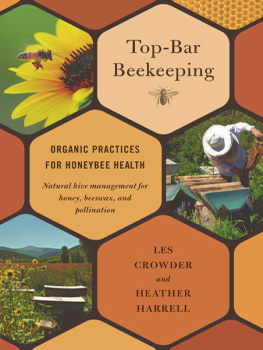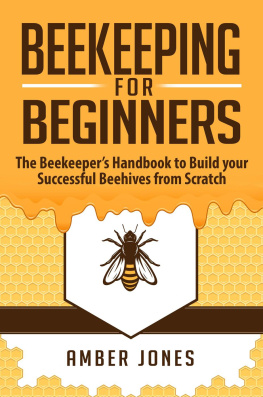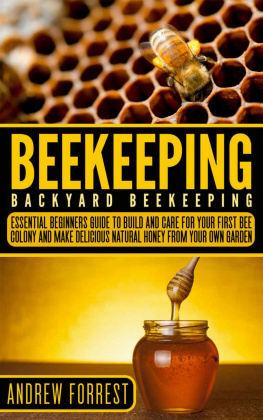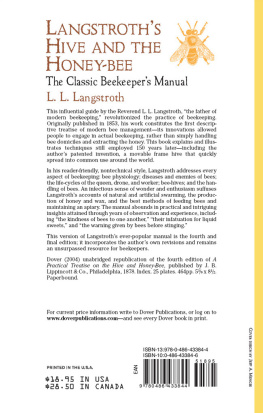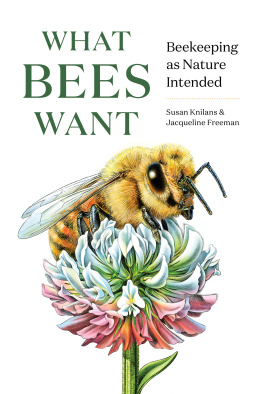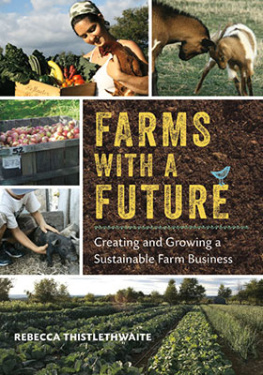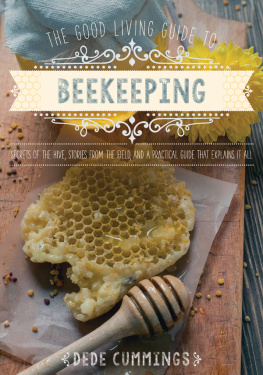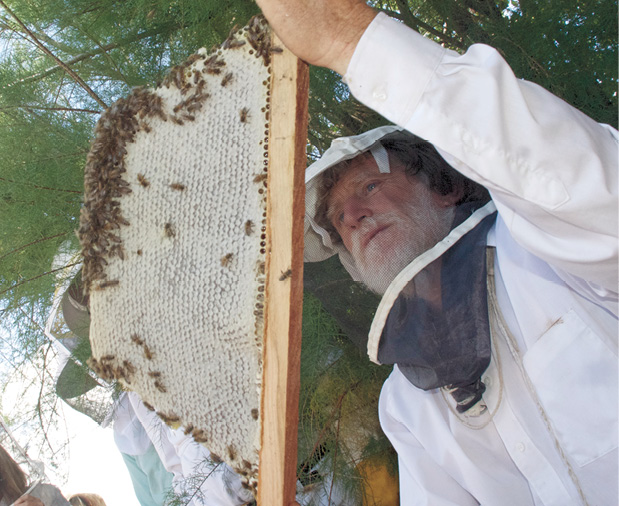Praise for Top-Bar Beekeeping
This is an excellent guide for hobby beekeepers who wish to keep bees using top-bar hives. Drawing on his more than thirty years of beekeeping experience in New Mexico, author Les Crowder describes in detail the special comb-management techniques that this low-cost, but relatively intensive, form of beekeeping requires. Top-Bar Beekeeping also provides an eloquent appeal for beekeepers to make care, respect, and reverence the foundation of their relationships with the bees.
Thomas D. Seeley, Cornell University;
author of Honeybee Democracy and The Wisdom of the Hive
Reading Top-Bar Beekeeping reminds me of the classes I took with Les Crowder several years ago. Hes a man who truly knows whereof he speaks, who has the gift of communicating with his small friends, the bees, and sharing his understanding with
us.... This is the one book on beekeeping that I will recommend to my permaculture students.
Scott Pittman, director, Permaculture Institute USA
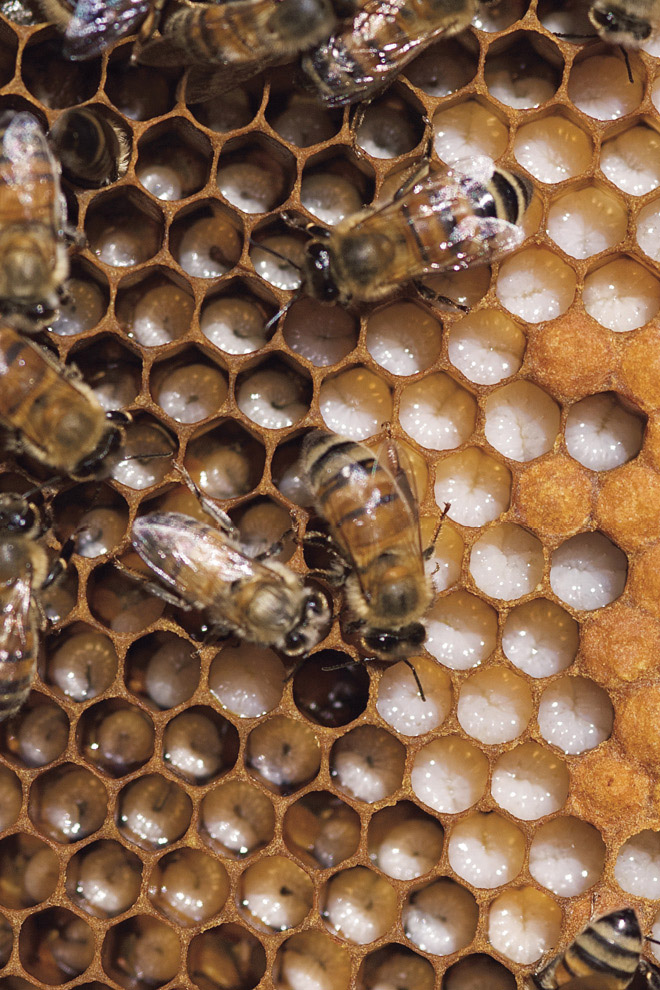
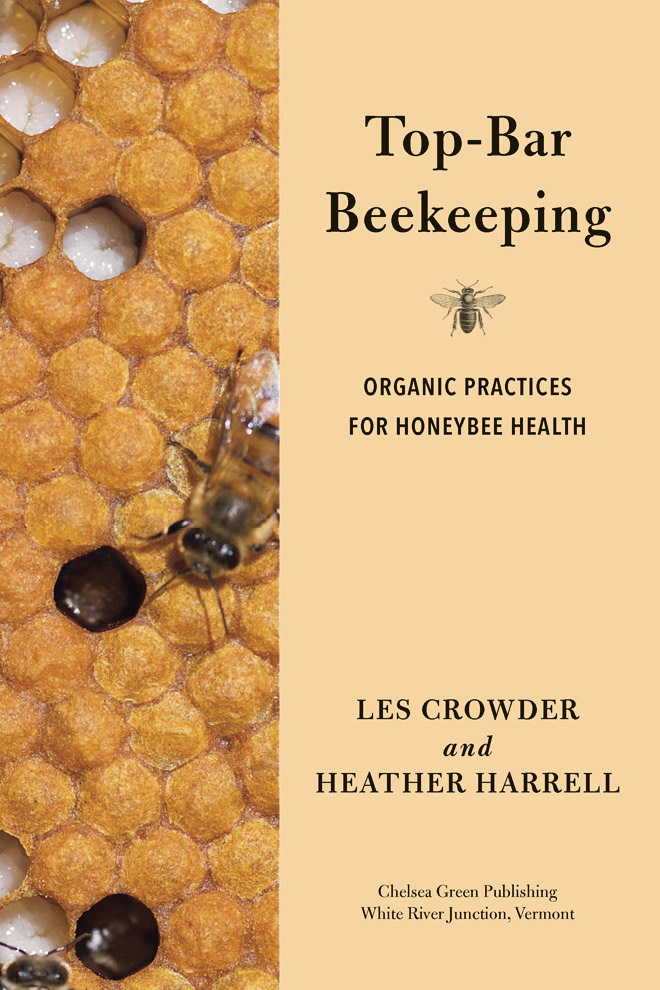
All rights reserved.
Unless otherwise noted, all photographs copyright 2012 by John T. Denne.
Unless otherwise noted, all illustrations copyright 2012 by Jeff Spicer.
No part of this book may be transmitted or reproduced in any form by any means without permission in writing from the publisher.
Project Manager: Patricia Stone
Developmental Editor: Ben Watson
Copy Editor: Ellen Brownstein
Proofreader: Alice Colwell
Indexer: Shana Milkie
Designer: Melissa Jacobson
Printed in the United States of America
First printing August, 2012
10 9 8 7 6 5 4 3 2 1 12 13 14 15 16
Our Commitment to Green Publishing
Chelsea Green sees publishing as a tool for cultural change and ecological stewardship. We strive to align our book manufacturing practices with our editorial mission and to reduce the impact of our business enterprise in the environment. We print our books and catalogs on chlorine-free recycled paper, using vegetable-based inks whenever possible. This book may cost slightly more because it was printed on paper that contains recycled fiber, and we hope youll agree that its worth it. Chelsea Green is a member of the Green Press Initiative ( www.greenpressinitiative.org ), a nonprofit coalition of publishers, manufacturers, and authors working to protect the worlds endangered forests and conserve natural resources. Top-Bar Beekeeping was printed on FSC-certified paper supplied by CJK that contains at least 10% post-consumer recycled fiber.
Library of Congress Cataloging-in-Publication Data
Crowder, Les.
Top-bar beekeeping : organic practices for honeybee health / Les Crowder and Heather Harrell.
p. cm.
Includes bibliographical references and index.
ISBN 978-1-60358-461-6 (pbk.) ISBN 978-1-60358-462-3 (ebook)
1. Bee culture. 2. Beehives. 3. Honeybee. I. Harrell, Heather. II. Title.
SF523.C858 2012
638'.1dc23
2012020426
Chelsea Green Publishing
85 North Main Street, Suite 120
White River Junction, VT 05001
(802) 295-6300
www.chelseagreen.com

The ideas and methods detailed in this book have evolved over the course of nearly forty years. Many of the events and experiments took place when I was working with bees on my own. I had been long encouraged to write a book to share these experiences, but writing does not come easily to me. My wife, Heather, is a wonderful writer and has taken the stories from my past, which are written in the first-person singular I, and the experiences we have had keeping bees together, which are written in the first-person plural we, throughout the majority of the text. This explains why the narrative voice changes from time to time throughout the text from I to we.
It is with tremendous gratitude that we want to thank all of the students, friends, and loving family who helped us to make this book a reality. It was through the support of generous organizations such as the McCune Foundation, the Santa Fe Community Foundation, Prosperity Works, Cuatro Puertas, and the New Mexico Department of Agriculture that we were able to see this project through to its completion. We also thank the Western Sustainable Agriculture Research & Education (SARE) organization for helping us to turn our farm into a demonstration site for pollinator forage species, providing us with the means to give something back to life.
And, most importantly, we must thank the bees. They are our best teachers, and for their willingness to tolerate us as their keepers and share with us their bounty, we are endlessly grateful. This book is for them.
I can remember my young fingers holding a tadpole,
caressing the slime skin with a probing awareness
of life. There was an art
to the preservation, a deep inquiry
through the tunnels of the body
to know as is and not as would be broken.
I remember a wasp on fingertip only with fear
would sting, and the snapping turtles
who stole away toes in the myths
of street children, peering at me with wizened
faces from beneath backs hardened
to the penetration of sun.
I remember a baby bird lost
from its mothers nest, flailing in fallen
leaves, in the hardest conjunction
before independence. We placed it
in a shoebox with a pillowcase and a worm and it died
there before seeing its first dawn of world
or discovering the weight of wings.
I remember ants by the millions
in villages every few feet. They carried
in dutiful progression, the summer into fall.
I watched the tiny pieces of this lifted
parade without the slightest
consideration of what might be
their rightful due in accolade.
But then everything was a prayer,
unconscious and subliminal, like dreams
on liquid space. Id perch in time, resting
my chin on a palm of salient inquiry, with a childs
full understanding of everything as is. God
was not a word then but genesis was everywhere,
called to me by leaf and brook and breezes
scented by decay.
From these memories I know that life
is truly wondrous and what dies
is what gives birth and to death
I am grateful, as to life
I am living, and one without the other
seems to me our worlds very worst
miss of giving.
For as long as I can remember, Ive been fascinated with the world of insects. As a toddler I would watch bees surf from flower to flower, drawn in by the electric buzz of their wings. I meditated on the neon red and blue dragonflies that hovered over our pond, studying their beauty and delicacy. My room had jumping spiders living between the window and the screen, and Id watch them spring great lengths to grab flies, crushing them with their bionic grip.
By the time I was six, I had my own insect identification book, which I carried with me and leafed through until the pages were dirty and dog-eared. My book showed me that the wasp I thought was stinging our backyard peach tree was actually doing the tree a service by depositing eggs into a peach-tree borer. Incredibly, it could sense the borer underneath the bark and would insert its long ovipositor through the bark and into the borers body.

